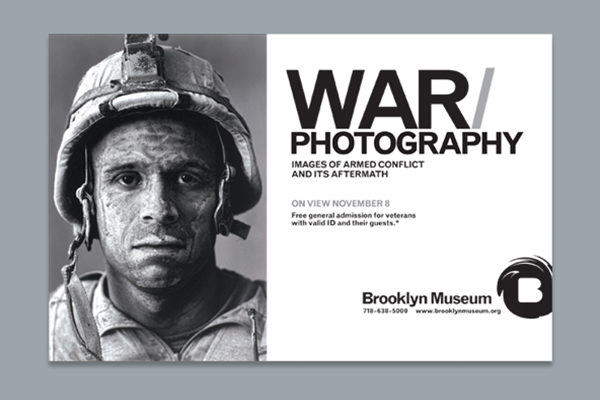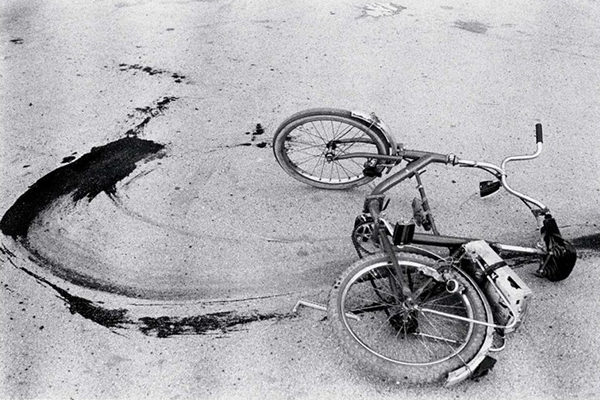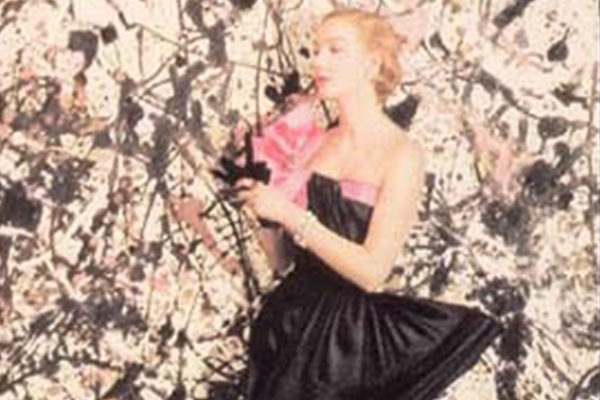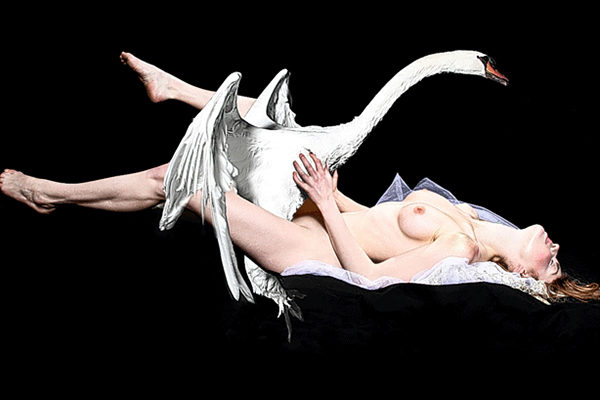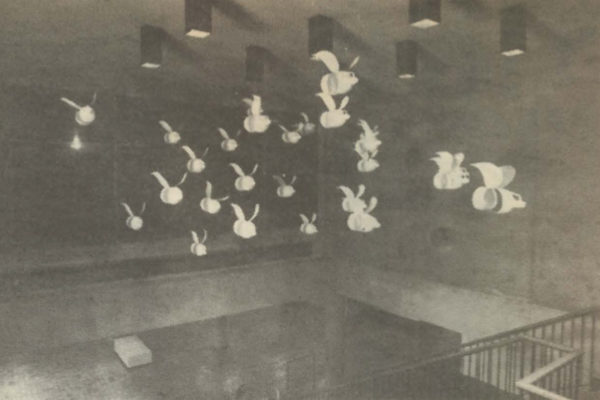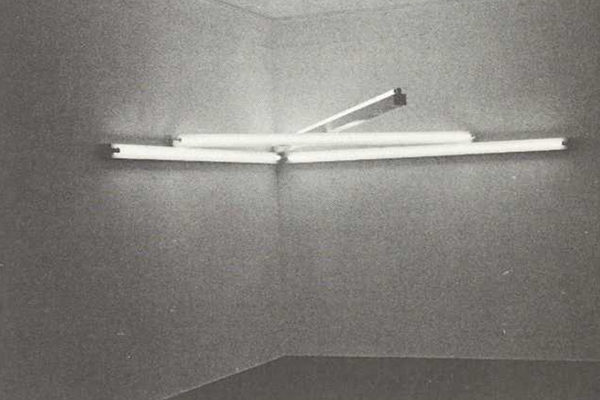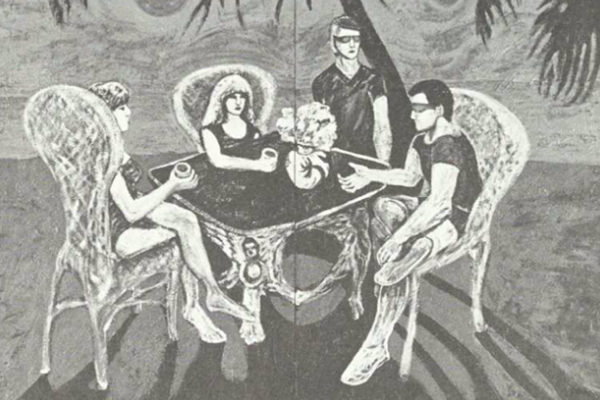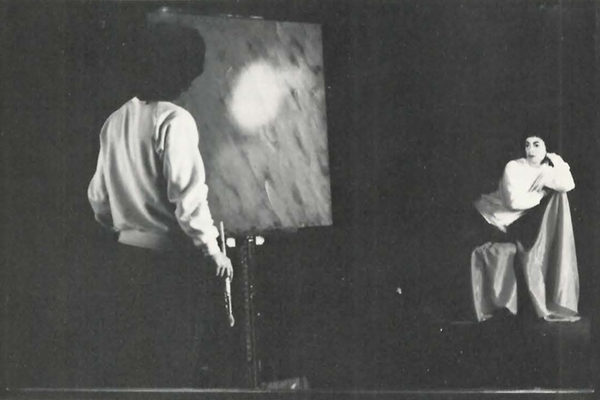War/Photography: Images of Armed Conflict and Its Aftermath (2014)
Imagine a Venn diagram in which one circle represents the set of all things photographic and the other circle the set of every human conflict, from limited regional insurrections to totalizing global wars, since the eruption of the Mexican- American war in 1846 to the Arab Spring of 2011.
